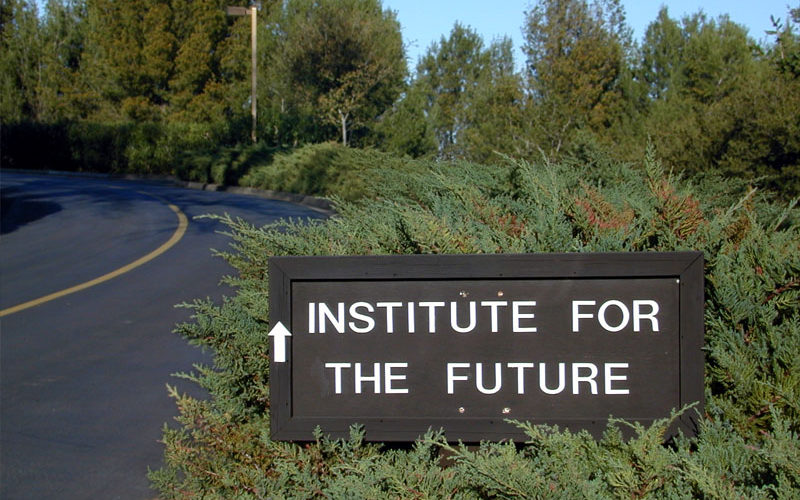Earlier this month, Yoga Journal published an article called “The Future of Yoga: 39 Teachers, Only 1 Way to Go.” To say I enjoyed it would be an understatement. Literally right after reading it, I read the entire thing again. I felt a rumble in my belly and a pressure in my heart that is hard to name—the closest I can come is ‘hopeful joy.’
Until this past December, I felt more like a critic of modern yoga than a practitioner. I can’t say exactly how that happened, but at some point between completing my teacher training, moving to San Francisco, and repping a yoga apparel line, I became a little jaded. Part of it was what I saw as the bastardization of the traditional teachings. Part of it was the emphasis on asana and fitness. Part of it was the commercialism. I just didn’t want to practice in an environment that I felt worshipped the body while ignoring the spirit. So I stopped practicing in community and doubled down in my classes to offer something slow, deep, and grounded, which I saw as an antidote to the boom of lululemon stores and stoned yoga classes I was seeing pop up.
The only real impact of my little temper tantrum was that my personal experience of yoga atrophied. I distanced myself from $150 yoga pants, sure, but also lost my connection to the joy of a shared and consistent practice and the benefits of regular, deep self-study. Then one day something shifted and I found myself wanting to get back into the fold.
My return has been so sweet. Immediately I found a teacher that moves me every single class. I have gotten to know people in my neighborhood that I never would have otherwise. I am in better mental and physical shape than I was a year ago and feel way more aligned with my values and actions.
And I remembered something essential: Yoga transcends bullshit. Whether or not teachers are as well trained as I personally believe they should be, whether or not social media reflects “real yoga”, whether or not yoga is a for-profit enterprise when I believe it should be run like a church (more on this coming soon)—the essence of yoga remains. It’s up to each of us as practitioners to find our authentic expression of yoga, and to determine how we’re going to offer that in service of ourselves, our loved ones, and our communities. If you want to do that in $150 yoga pants, that’s up to you.
I highly encourage you to read through the entire article. There was too much good stuff to include here so I just pulled a few quotes that most resonate with the mission of Eat Like a Yogi. There’s tons more goodness where these came from. I know you will find them as hopeful and inspiring as I did.
From Yoga Journal...
Larissa Hall Carlson:
“For long-term yoga teachers and practitioners, sankalpa (intention; heart-felt desire) is naturally moving away from individually focused goals of self-discovery, mastering advanced poses, and transformational yogic pilgrimages, and turning toward community-oriented support.”
Chelsea Jackson Roberts, PhD:
“I would like to see more emphasis placed on the practice as it relates to our relationships with the world and one another. I hope over the next 10 years and beyond, that yoga becomes more accessible and accessed more as a tool for understanding and a lens to recognize, interrogate, and resist inequality.”
Dana Flynn:
The future of yoga is all about giving and giving back…Yogis are change agents, we are here to inspire health and wellness, promote social justice, and change hearts. Of course to change you, I must first change me.
Tyrone Beverly:
If we want to preserve life and not explicitly facilitate our own demise, yogis will be required to get involved and participate in the social structures that govern our lives.
Shiva Rea:
My prayer is that we go deeper in our roots but grow wider in our branches towards the universal application of yoga and vinyasa as the sequencing of change.
Sri Dharma Mittra:
People should improve their diet and concentrate on the purity of the food they eat [YES!—Ed.], really put the yamas and niyamas into practice. I think only by knowledge—through realizing the laws of karma and coming to understand that everything is perfect—can we ever truly achieve the calming of the mind that is yoga.
Octavia Raheem:
This path expands to welcome those who are prepared to walk against the grain that confuses bypassing with progress and posing with true alignment.
Sarah Platt-Finger:
Our feelings are the pathway to experiencing yoga, not the obstacle. Let’s get more comfortable with closing our eyes and connecting to sensations in our body—whatever they may be—rather than trying to perfect our Downward-Facing Dog. Let’s listen rather than dictate. The more we create the space for feeling the more we will create the space for healing.
Eric Paskel:
Where does Yoga need to go in the next decade? Nowhere, but I certainly need to live it more.
Elena Brower:
I’m seeing a need for more emphasis on the quiet, inner work that was taught those many thousands of years ago by the earliest adepts and sages. Every time I teach in those realms, I’m seeing a wave of relief in my classes, sparkles of understanding, and dissolving of fear.
Leah Cullis:
I hope to see more about how we bring the practice to life in the other 23 hours of the day.
Aadil Palkhivala:
In the next decade, yoga needs to find integrity. This means that yoga students must go deeper, not broader.
Stephanie Snyder:
I hope that in this next decade yoga becomes more accessible to even more people spanning social, economic, age, and gender gaps for instance. That we can truly experience a global connection and collective healing through the yoga of turning toward one another.
